Get educated about good indoor air quality in schools and universities. Help students improve their cognitive performance, essential for successful learning, with good IAQ.
Reading, writing, arithmetic – and good indoor air quality. With the proper care and attention, your HVAC system can help you achieve the best conditions for learning and productivity – and have a positive impact on achievement and performance inside these critical institutions.
On any given school day, roughly 51 million people will occupy a school building. Yet many of these buildings are in need of extensive repairs, and report problems related to poor indoor air quality. Without a prompt response to these challenges, poor indoor air quality (IAQ) can result in short- and long-term health problems, expensive repairs and even liability issues.
Schools and other educational facilities present unique problems to designers and HVAC practitioners. Most schools are diverse structures with different environments such as classrooms, laboratories, workshops, gymnasiums, libraries, theatres, cafeterias and photography darkrooms. Physics and biology labs present their own unique challenges to maintaining proper IAQ throughout the facility.
High-level cognitive performance, essential for successful learning, is linked to good IAQ. Another fact is that most educational facilities are in areas of high population density (cities), and the air can be polluted by a wide range of contaminants from both outdoor and indoor sources. The hazards faced by students and teachers range from general IAQ issues to exposure to traffic fumes, exposure to toxic gases in labs and exposure to deadly viruses in research labs.
Camfil offers robust and dedicated particulate filtration, molecular filtration and containment filtration solutions for all air quality issues in educational establishments.
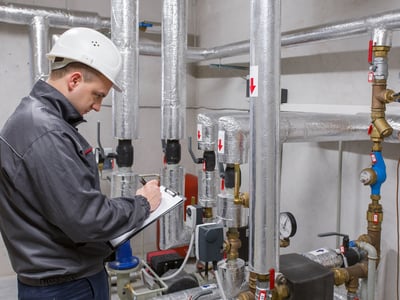
Gas turbine generation provides efficient electricity and process heat to vital institutions in our societies like schools and universities. Camfil's wide selection of air inlet filters are designed to maximise availability, reliability and profitability.
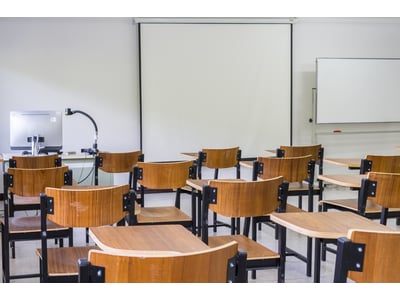
Clean air is closely correlated with student and teacher health, happiness, high attendance rates and academic performance. Eliminate airborne allergens, bacteria and viruses while lowering maintenance and energy costs.
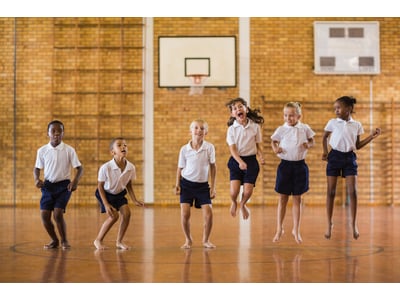
Athletes require higher volumes of clean air that is free from dust, lint, chalk, mould and bad odours, all of which are naturally abundant in fitness facilities.

Commercial kitchens are highly ventilated to remove smoke, grease and stream. Exhaust filtration is used to minimise the risk of duct fires and remove odour nuisance.
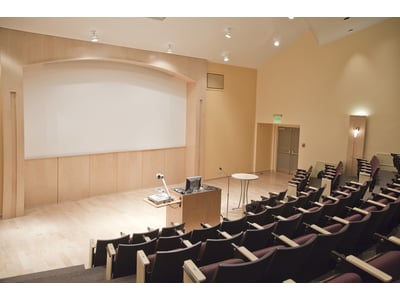
Areas with large groups of people naturally generate particles, airborne viruses, bacteria and allergens. With high-quality air filters you can reduce risks and save on energy and maintenance costs.
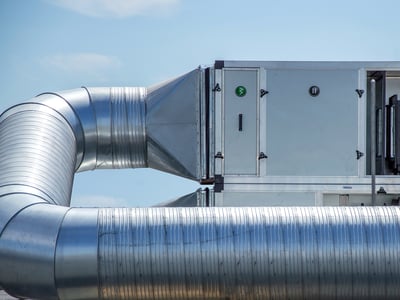
Protect people, processes, products and equipment while keeping maintenance and energy costs low by keeping air handling units unclogged.

Camfil launched the Hi-Flo bag filter range in 1969 and it has been our biggest success - Now we are introducing the Next Generation!
Innovation technology and research Commercial and public buildings
Not all people who purchase our products are experts in air filtration and they shouldn’t have to be either. The purpose of Camfil City is to give everyone a chance to learn the basics of what our clean air solutions can do for them.
Air cleaners and air purifiers Food and beverage Life science and healthcare Sustainability Education and experience Innovation technology and research Virus Contamination Control Electronics and optics Air quality Commercial and public buildings Standard and regulations Manufacturing and machinery Case studies Energy and Power Systems Take a BreathCombating the virus in the air. Maintaining a good level of hygiene and covering the mouth with a mask are good ways to stay protected but is this enough? Maintaining a hygienic and sanitary environment along with protection from those infected are vital as the virus thrives in contaminated conditions.
Students all over the world have been returning to classrooms where we hope they are safe and in an environment conducive to learning.
In a scientific debate, WHO has acknowledged that in the case of COVID-19, airborne transmission could not be ruled out in crowded, closed or poorly ventilated settings. Scientists across the world are looking for more evidence as it may affect many guidelines in the crowded indoor environment.
More than 100,000 Valencian students and teachers are now protected against biological agents such as SARS-CoV-2 thanks to our “City M” air purifiers. Camfil HEPA H14 filters are certified according to EN1822 standard and are delivered with their mandatory individual scan test certificate.
Camfil partnered with Stockholm School of Economics in order to bring clean air for optimal breathing during the world record attempt for most hours on a double pole ski machine.
Air Quality recommendations for schools to help protect staff and student health from airborne contaminants
For a safe school operation, healthy and virus-free air in the classroom is needed to avoid infections and diseases. Viruses, such as COVID-19, can spread through the air in the form of aerosols. Depending on factors including ventilation rates and particulate levels, these viruses can remain airborne for several hours. Indoor environments can experience a higher concentration of aerosols (high viral load), which can increase the risk of infection.
The reason understanding SBS is important is a majority of adults spend a minimum of eight hours a day inside an office or work building, and most are indoor for about 90 percent of the time they are awake.